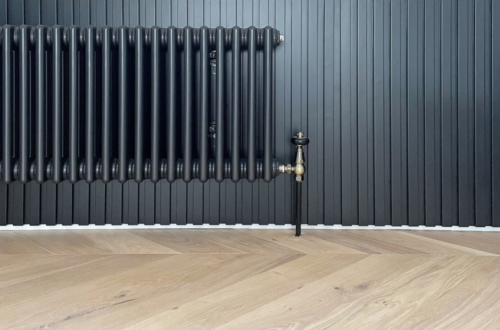
The Main Types of Network Cables
There are billions of devices on the planet. Many of them operate in the background, providing us access to the internet and the unlimited prospects that it provides. Without cabling, however, those connections are not possible.
When it comes to network cabling, it can be all too easy for them to get confused. As it turns out, there are four types of network cabling that we use on a regular basis. Here are the main kinds to be aware of.
Shielded Twisted Pair Cables
Among network cables, one of the first kinds you will notice is shielded twisted pair cables. For just about any kind of internet service, STP cables are used. In business installations, these cables are great for larger computer networks and are preferable in areas where there is high electromagnetic interference. They can also seriously expand the distance between cables.
As the name implies, STP cables are made up of a pair of colored cables that are twisted around one another, creating a duo. Typically, STP cables come in four pairs of wires that have been wrapped with certain metal shields and are then covered by a plastic sheath for additional protection.
Unshielded Twisted Pair Cables
The concept for this type of cabling is similar but there are differences between shielded and unshielded twisted pair cables. UTP cables are mostly used by telecommunications companies and for industrial computer setups. That’s because the conductors used for UTP cables are great at stopping electromagnetic interference from impacting data transfer.
In a similar way to STP cables, UTP cables are twisted into pairs of colorful wires. They wrap around one another and then are ultimately wrapped together using the aforementioned plastic sheathing. Though they are similar in many ways, UTP cables are a lot cheaper than their STP counterparts, which is part of what makes them so preferable for industrial and telecommunications setups.
Coaxial Cables
For years and years, coaxial cables – known as coax cables for short – were the standard. Coaxial cables have a center conductor and then a metal shield. Both of them are ultimately insulated by a plastic layer that gets placed between them. That metal shielding is what blocks out any interferences or elements that could provide distortion or interruption to the data transfer signal.
Coax cables are great at carrying electromagnetic signals and come in both single-core and multi-core options. Single-core coax cables have just one central metal core whereas multi-core cables have several metal wires. In the early days of computer networks, coaxial cabling was the only way to go. They are still commonplace today even if they are no longer the standard.
Fiber Optics
Fiber optic cables make use of either a plastic or glass core. That core is ultimately shielded by a buffer, a jacket, and a cladding. Those protective layers keep the cables safe from any potential damage or external interference that can alter the transfer signal. Fiber optic has become the perfect option for long-distance data transfer and has become the standard for connecting networks located in different areas.
Like coaxial cables, there are single-mode and multi-mode fiber optics. SMF are great for longer distances while MMF are more suitable for larger data bundles. Fiber optics have become the preferred method of cabling for businesses, institutions, and healthcare facilities, among others. With more secure, faster data transfers over longer distances, it is clear to see why fiber optics are the ideal connection.
Each connection has its perks and downsides, but each is necessary. Which one is the best for your setup depends on your needs and goals.




